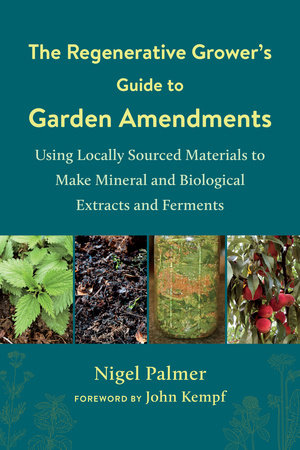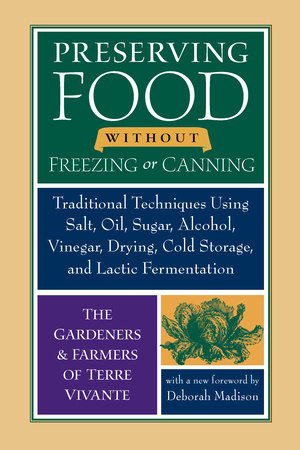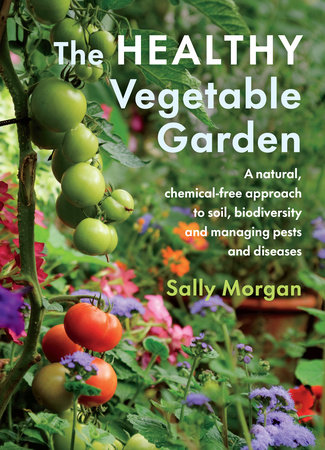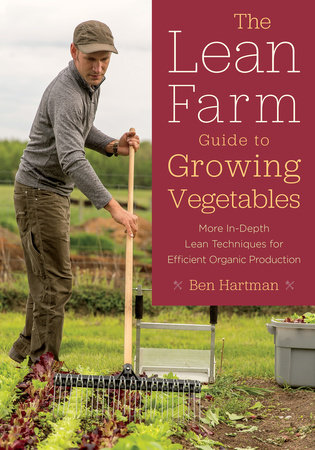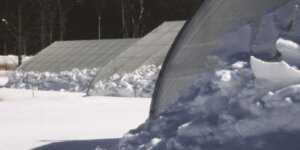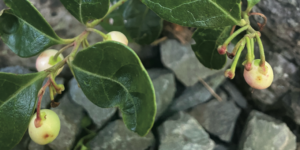Reaping the Harvest: Tips for Harvesting and Preserving
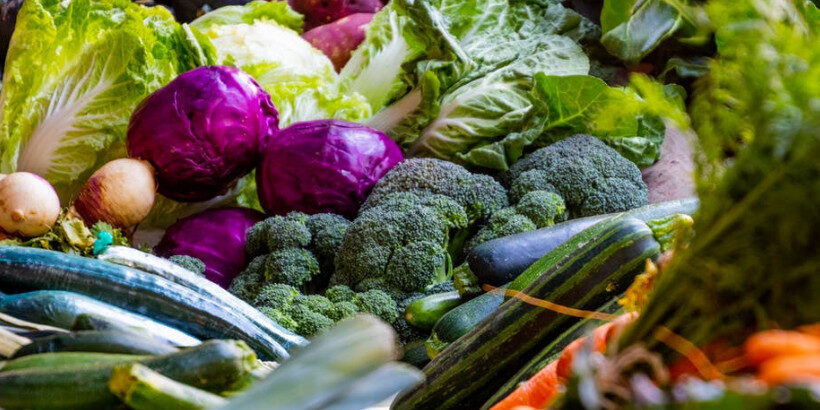
Tending to your garden is fulfilling in its own way, but the real reward is when everything is ready to be harvested! See below for some tips for harvesting and preserving that’ll keep you nourished for months to come.
The following is an excerpt from The Regenerative Grower’s Guide to Garden Amendments by Nigel Palmer. It has been adapted for the web.
Tips for Harvesting Crops
The most pleasurable challenge for gardeners is keeping up with the harvest and bringing it to the table. Oh my! How many green beans can be eaten at one time! This a most wonderful problem to have, as long as there is enough time to do all the processing.
Some crops, like beans, won’t keep well in the garden, and there may be a lot of them that need picking. Using a dill pickle brine recipe, fill up 1⁄2-gallon jars with those extra beans and the brine for delicious eating all winter and even into the spring if the harvest is bountiful enough.
Experimenting With Herbs
Be sure to include garlic, a hot pepper perhaps, black peppercorns, a horseradish leaf or grape leaf to keep things crisp, and of course the dill that has self-sown throughout the garden. Try experimenting with other herbs, too. Pickling is a good storage method for any root crops.
It is always a surprise to realize how good pickled vegetables taste during the winter months. And save that brine when the beans are gone. It makes a great addition to salad dressings, soup stock, potato salads, and more. I water the asparagus bed with the brine a couple of times a year. They like the salty, herb-flavored water as much as I do.
Dehydrating Weeds & Herbs
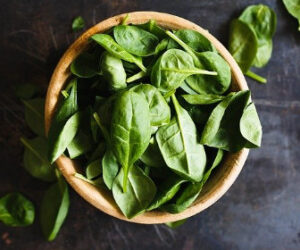
When an abundant stand of mushrooms is found, try dehydrating the excess. When harvesting wild foods, always be sure that proper identification is confirmed by an expert source and always label the contents of those jars with name and date.
Some mushrooms will dehydrate well if simply left in a paper bag in the refrigerator. Once the water is removed, the dehydrated material may be stored in a sealed jar for a year or more, a most efficient method of storage.
Tips for Harvesting: Dehydrating & Using Crops
In the fall, after the plant energy has migrated to the roots for the winter, Joan and I put up root crops for the following year. We chop and dehydrate roots of dandelion, burdock, marshmallow, elecampane, astragals, ashwaganda, and yarrow. Or we make tinctures using organic vodka.
Tinctures, tonics, elixirs, syrups, and shrubs are all storage tools that are fun to make, taste great, and will constantly remind us of the warmer days of summer during the cold months around the corner. It is tough to beat the flavor of homemade fire cider. That elderberry syrup will help prevent any cold or flu from entering a household.
Preservation: Canning and Jarring
Canning tomatoes should be a national pastime—perhaps it once was! Is there anything better than homemade tomato sauce in the dead of winter?
Berries are frozen on cookie sheets, then transferred to glass jars and put into the freezer. Blueberries, raspberries, peaches, and black currantsare standard breakfast fare throughout the year. Eating high-quality berries—grown without the use of pesticides, herbicides, fungicides, or any other chemical additives—all year long brings a satisfaction that is difficult to explain.
We dehydrate pears and apples because they have a lower water content. Jams and jellies require such a lot of sugar that we tend not to go that route, but they sure do taste good.
Storing Crops: Garlic, Potatoes, and Carrots
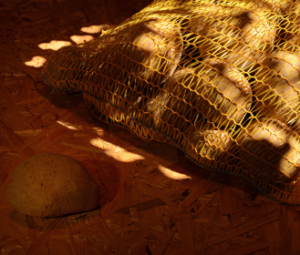
Potatoes may stay in the ground until the time is available to dig them up and store them. The longer they’re left in the ground, however, the greater the threat of insect or vole pressure, so get to this chore when possible.
Potatoes like it cold. A cold storage area is a good thing to have, just above freezing. Unlike a freezer, root cellars offer excellent storage at no additional cost than the initial construction materials and time.
And then there are carrots just left in the ground, mulched for the winter for us to steal when the ground allows, or savored in the spring after the ground thaws.
Preserving What the Garden Provides
Whatever the garden provides, be sure to preserve the excess. Too much work has already been expended to let these opportunities go by. Try more than one storage strategy at the same time, to see which works better for a specific crop type. The rewards of eating clean food with little more effort than opening the freezer or opening a jar are well worth the while.
Recommended Reads
Recent Articles
Think you can’t enjoy winter gardening without a heated greenhouse? As long as you’re adding layers to keep your crops warm, you can grow food all winter long!
Read MoreThese snacks might be too darn cute to take a bite of! Brighten up snack time this winter using fruits and veggies we all know and love.
Read MoreWintergreen is the stunning evergreen groundcover that’s a game-changer for your garden! It’s cherished for its aromatic leaves, vibrant fall color & bright berries.
Read More

